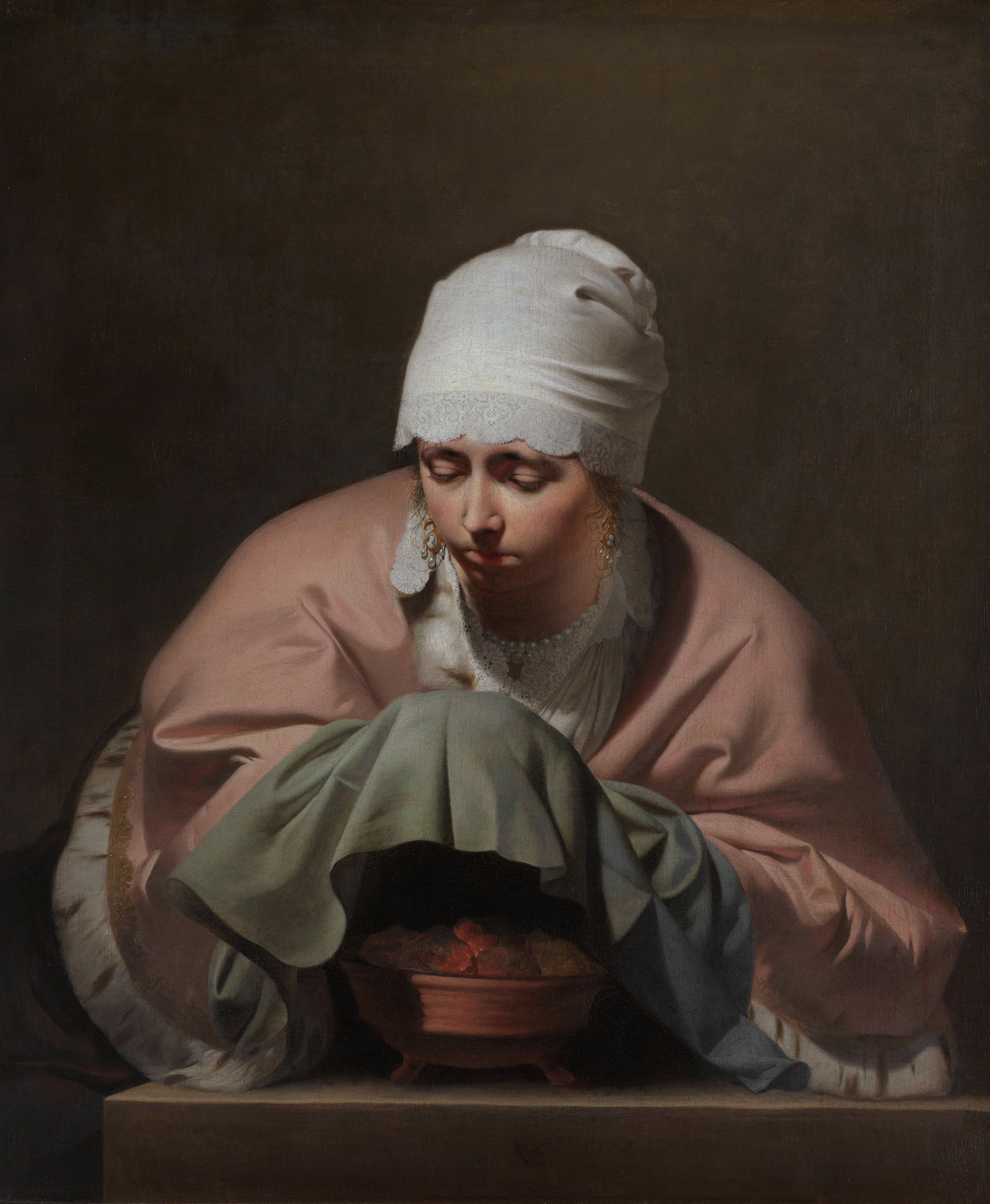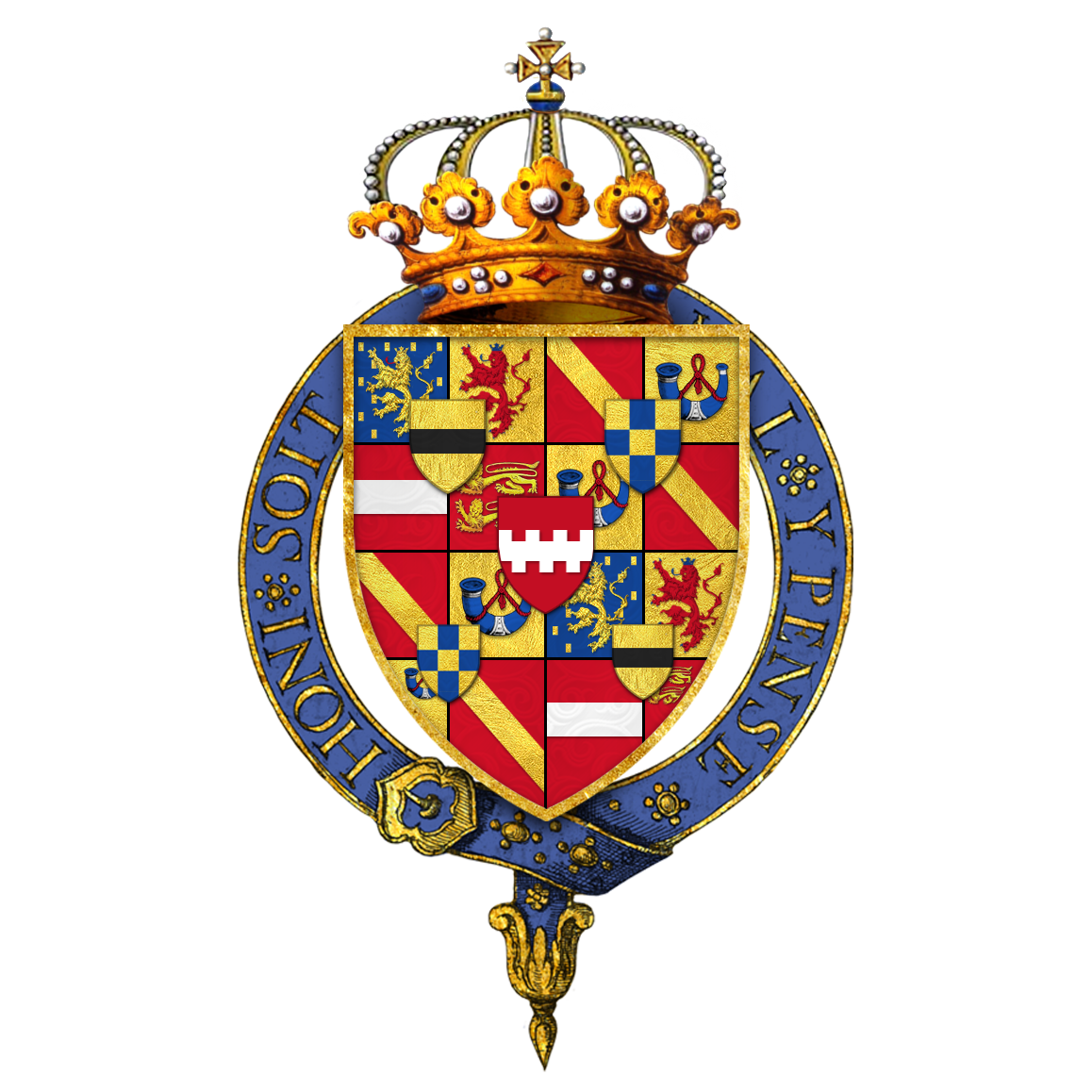|
Huis Ten Bosch
Huis ten Bosch ( nl, Paleis Huis ten Bosch, ; English: "House in the Woods") is a royal palace in The Hague, Netherlands. It is one of three official residences of the Dutch monarch; the two others being the Noordeinde Palace in The Hague and the Royal Palace in Amsterdam. Huis ten Bosch was the home of Queen Beatrix from 1981 to her abdication in 2014; King Willem-Alexander and his family moved in on 13 January 2019. A replica of the palace was built in Sasebo, Japan, in a theme park bearing the same name. History 17th and 18th century Construction of Huis ten Bosch began on 2 September 1645, under the direction of Bartholomeus Drijffhout,Stenvert, R. et al. (2004). ''Monumenten in Nederland: Zuid-Holland'', p. 227–228. Zwolle: Waanders Uitgevers. . and to a design by Pieter Post and Jacob van Campen. It was commissioned by Amalia of Solms-Braunfels, the wife of stadtholder Frederick Henry, on a parcel of land granted to her by the States General (Loonstra 1983, Sl ... [...More Info...] [...Related Items...] OR: [Wikipedia] [Google] [Baidu] |
Palace
A palace is a grand residence, especially a royal residence, or the home of a head of state or some other high-ranking dignitary, such as a bishop or archbishop. The word is derived from the Latin name palātium, for Palatine Hill in Rome which housed the Imperial residences. Most European languages have a version of the term (''palais'', ''palazzo'', ''palacio'', etc.), and many use it for a wider range of buildings than English. In many parts of Europe, the equivalent term is also applied to large private houses in cities, especially of the aristocracy; often the term for a large country house is different. Many historic palaces are now put to other uses such as parliaments, museums, hotels, or office buildings. The word is also sometimes used to describe a lavishly ornate building used for public entertainment or exhibitions such as a movie palace. A palace is distinguished from a castle while the latter clearly is fortified or has the style of a fortification, whereas a p ... [...More Info...] [...Related Items...] OR: [Wikipedia] [Google] [Baidu] |
Sasebo, Japan
is a core city located in Nagasaki Prefecture, Japan. It is also the second largest city in Nagasaki Prefecture, after its capital, Nagasaki. On 1 June 2019, the city had an estimated population of 247,739 and a population density of 581 persons per km2 (1,505 persons per square mile). The total area is . The city includes a part of Saikai National Park. Located in the southern part of the city is the Dutch-styled theme park ''Huis Ten Bosch''. The island of Ukujima is also administered as part of Sasebo city. History The area of present-day Sasebo was a small fishing village under the control of nearby Hirado Domain until shortly after the start of the Meiji period. Imperial Japanese Navy Admiral Tōgō Heihachirō, when surveying the coasts of northwestern Kyūshū for the site of a navy base, selected his location based on its protected, deep-water harbor, geographic proximity to China and Korea, and the presence of nearby coal fields. Sasebo Naval District, founded in 1886, ... [...More Info...] [...Related Items...] OR: [Wikipedia] [Google] [Baidu] |
Pieter Soutman
Pieter Claesz Soutman (1593-1601 – 16 August 1657)Pieter Claesz. Soutman in the was a Dutch Golden Age painter and printmaker from Haarlem. Biography Soutman was born and died in Haarlem, where he was a contemporary of Frans Hals,[...More Info...] [...Related Items...] OR: [Wikipedia] [Google] [Baidu] |
Salomon De Bray
Salomon de Bray (1597 – 11 May 1664) was a Dutch Golden Age painter and architect. Biography De Bray was born in Amsterdam, but established himself in Haarlem before 1617, where he is registered as being a member of the schutterij that year in the St. Adrian's cloveniers.Salomon de Bray in the RKD He probably followed draftsmanship and painting lessons in the small academy started by , Hendrick Goltzius and Cornelis van Haarlem ... [...More Info...] [...Related Items...] OR: [Wikipedia] [Google] [Baidu] |
Caesar Van Everdingen
Cesar Pietersz, or Cesar Boetius van Everdingen (1616/17 – buried 13 October 1678), older brother of Allart van Everdingen and Jan van Everdingen, was a Dutch Golden Age portrait and history painter. Biography He was born in Alkmaar and educated in Utrecht, where he learned to paint from Jan Gerritsz van Bronckhorst.Cesar van Everdingen Biography in ''De groote schouburgh der Nederlantsche konstschilders en schilderessen'' (1718) by , courtesy of the < ... [...More Info...] [...Related Items...] OR: [Wikipedia] [Google] [Baidu] |
Theodoor Van Thulden
Theodoor van Thulden (1606–12 July 1669) was a painter, draughtsman and engraver from 's-Hertogenbosch. He is mainly known for his altarpieces, mythological subjects, allegorical works and portraits. He was active in Antwerp, where he had trained, as well as in Paris and his native 's-Hertogenbosch.Theodoor van Thulden at the Life Theodoor van Thulden was born in 's-Hertogenbosch where he was baptized on 9 August 1606 in the St. John's Cathedral as "Dirrick". Van Thulde ...[...More Info...] [...Related Items...] OR: [Wikipedia] [Google] [Baidu] |
Thomas Willeboirts Bosschaert
Thomas Willeboirts Bosschaert (1613 – 23 January 1654) was a Dutch Republic-born Flemish Baroque painter. Biography Willeboirts Bosschaert was born in Bergen op Zoom, where his Catholic family had moved in the late sixteenth century. He moved to Antwerp in 1628, and entered the studio of Gerard Seghers for eight years. In 1636 or 1637 he became an Antwerp citizen and joined the Guild of St. Luke. He died in Antwerp. Art Willeboirts' style was heavily influenced by Anthony van Dyck, both in history and portrait, leading some scholars to suggest that Willeboirts might have studied in that studio. The artist ran his own studio with at least nine known pupils, and collaborated with other artists of the time such as Daniel Seghers, Paul de Vos, Jan Fyt, Jan van den Hoecke, Frans Snyders, and Adriaen van Utrecht, as well as with Peter Paul Rubens on the decoration series for Philip IV of Spain's ''Torre de la Parada'' (1636–1638). Between 1641 and 1647 he also worked for the Dut ... [...More Info...] [...Related Items...] OR: [Wikipedia] [Google] [Baidu] |
Jacob Jordaens
Jacob (Jacques) Jordaens (19 May 1593 – 18 October 1678) was a Flemish painter, draughtsman and tapestry designer known for his history paintings, genre scenes and portraits. After Peter Paul Rubens and Anthony van Dyck, he was the leading Flemish Baroque painter of his day. Unlike those contemporaries he never travelled abroad to study Italian painting, and his career is marked by an indifference to their intellectual and courtly aspirations.d'Hulst, pp. 23 In fact, except for a few short trips to locations elsewhere in the Low Countries, he remained in Antwerp his entire life. As well as being a successful painter, he was a prominent designer of tapestries.d'Hulst, pp. 24–25. Like Rubens, Jordaens painted altarpieces, mythological, and allegorical scenes, and after 1640—the year Rubens died—he was the most important painter in Antwerp for large-scale commissions and the status of his patrons increased in general.d'Hulst, p. 26–27. However, he is best known today ... [...More Info...] [...Related Items...] OR: [Wikipedia] [Google] [Baidu] |
Gerard Van Honthorst
Gerard van Honthorst (Dutch: ''Gerrit van Honthorst''; 4 November 1592 – 27 April 1656) was a Dutch Golden Age painter who became known for his depiction of artificially lit scenes, eventually receiving the nickname ''Gherardo delle Notti'' ("Gerard of the Nights"). Early in his career he visited Rome, where he had great success painting in a style influenced by Caravaggio. Following his return to the Netherlands he became a leading portrait painter. Early life Van Honthorst was born in Utrecht, the son of a decorative painter, and trained under his father, and then under Abraham Bloemaert.Brown (1997), p.62 Italy Having completed his education, Honthorst went to Italy, where he is first recorded in 1616. He was one of the artists from Utrecht who went to Rome at around this time, all of whom were to be deeply influenced by the recent art they encountered there. They were named the Utrecht ''caravaggisti''. The other three were Dirk van Baburen, Hendrick ter B ... [...More Info...] [...Related Items...] OR: [Wikipedia] [Google] [Baidu] |
Oranjezaal Na De Restauratie- Overzicht Noordoosthoek, Met De Hele Oostwand - 's-Gravenhage - 20416714 - RCE
The ''Oranjezaal'' refers to a painted ballroom in the Royal palace Huis ten Bosch in the Hague. It was once, together with its neighboring ''Chinese room'', part of the first national museum of the Netherlands founded in 1800 called the ''Nationale Konst-Gallery''. The supervisor Cornelis Sebille Roos appointed Jan Gerard Waldorp as the first custodian and curator to receive visitors (for 6 stuivers) and explain the collection. The Oranjezaal or ''Orange room'' was commissioned upon the death of Frederik Hendrik in 1647 and was built during the years 1648-1651 by Jacob van Campen under the direction of Constantijn Huygens and Amalia van Solms. The painters were chosen as the best of the Netherlands who painted in the style of Rubens, and were mostly of the Catholic faith. A total of 31 paintings were made to decorate the room from floor to ceiling and the result became part of the first national museum of the Netherlands. It is still considered one of the highlights of Dutch Gold ... [...More Info...] [...Related Items...] OR: [Wikipedia] [Google] [Baidu] |
Elizabeth Stuart, Queen Of Bohemia
Elizabeth Stuart (19 August 159613 February 1662) was Electress of the Palatinate and briefly Queen of Bohemia as the wife of Frederick V of the Palatinate. Since her husband's reign in Bohemia lasted for just one winter, she is called the Winter Queen. Elizabeth was the second child and eldest daughter of James VI and I, King of Scotland, England, and Ireland, and his wife, Anne of Denmark. With the demise of Anne, Queen of Great Britain, the last Stuart monarch in 1714, Elizabeth's grandson by her daughter Sophia of Hanover succeeded to the British throne as George I, initiating the House of Hanover. Early life Elizabeth was born at Dunfermline Palace, Fife, on 19 August 1596 at 2 o'clock in the morning. M. Barbieri, ''Descriptive and Historical Gazetteer of the Counties of Fife, Kinross, and Clackmannan'' (1857)p. 157 “ELIZABETH STUART.-Calderwood, after referring to a tumult in Edinburgh, says, that shortly before these events, the Queen (of James VI.) was delivere ... [...More Info...] [...Related Items...] OR: [Wikipedia] [Google] [Baidu] |
Frederick Henry, Prince Of Orange
Frederick Henry ( nl, Frederik Hendrik; 29 January 1584 – 14 March 1647) was the sovereign prince of Orange and stadtholder of Holland, Zeeland, Utrecht, Guelders, Overijssel in the Dutch Republic from 1625 until his death in 1647. In the last seven years of his life, he was also the stadtholder of Groningen (1640-1647). As the leading soldier in the Dutch wars against Spain, his main achievement was the successful Siege of 's-Hertogenbosch in 1629. It was the main Spanish base and a well-fortified city protected by an experienced Spanish garrison and by formidable water defenses. His strategy was the successful neutralization of the threat of inundation of the area around 's-Hertogenbosch' and his capture of the Spanish storehouse at Wesel. Biography Early life Frederick Henry was born on 29 January 1584 in Delft, Holland, Dutch Republic. He was the youngest child of William the Silent and Louise de Coligny. His father William was stadtholder of Holland, Zeeland, Utrecht, ... [...More Info...] [...Related Items...] OR: [Wikipedia] [Google] [Baidu] |










